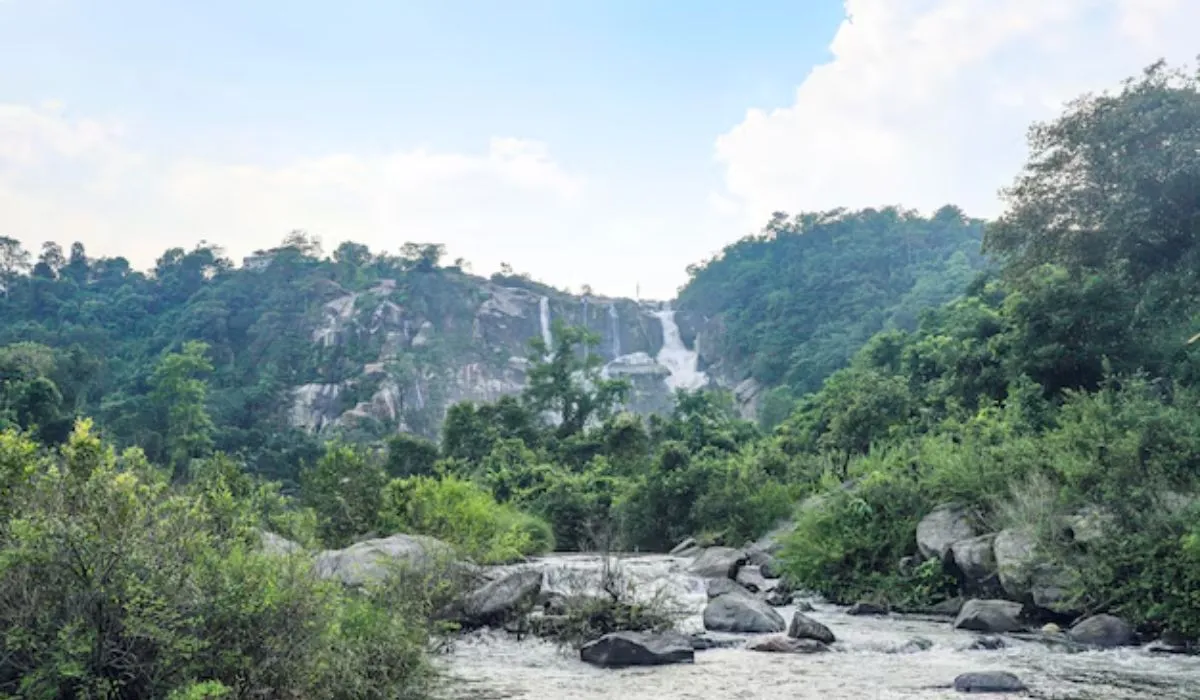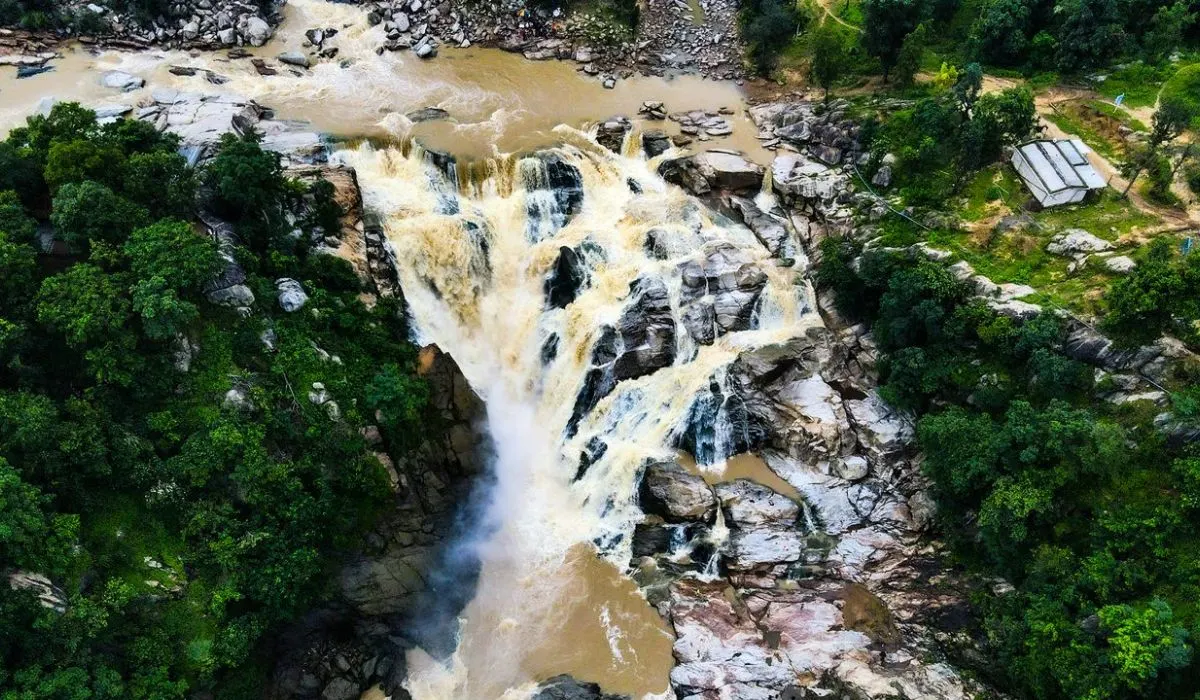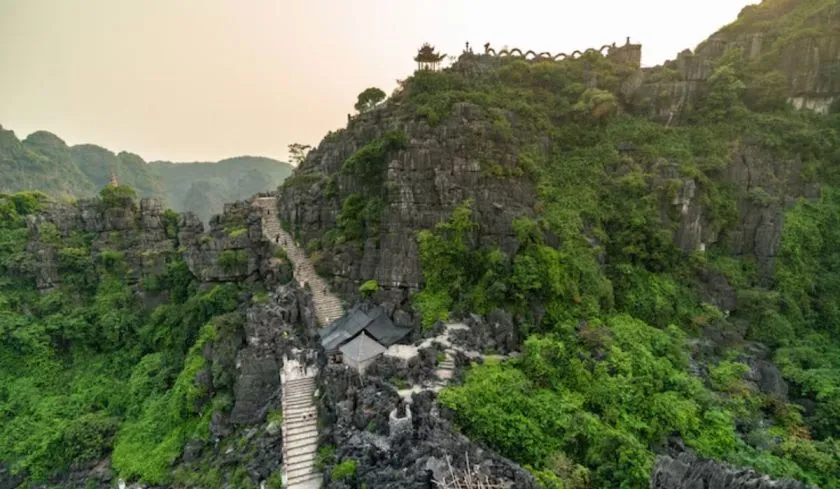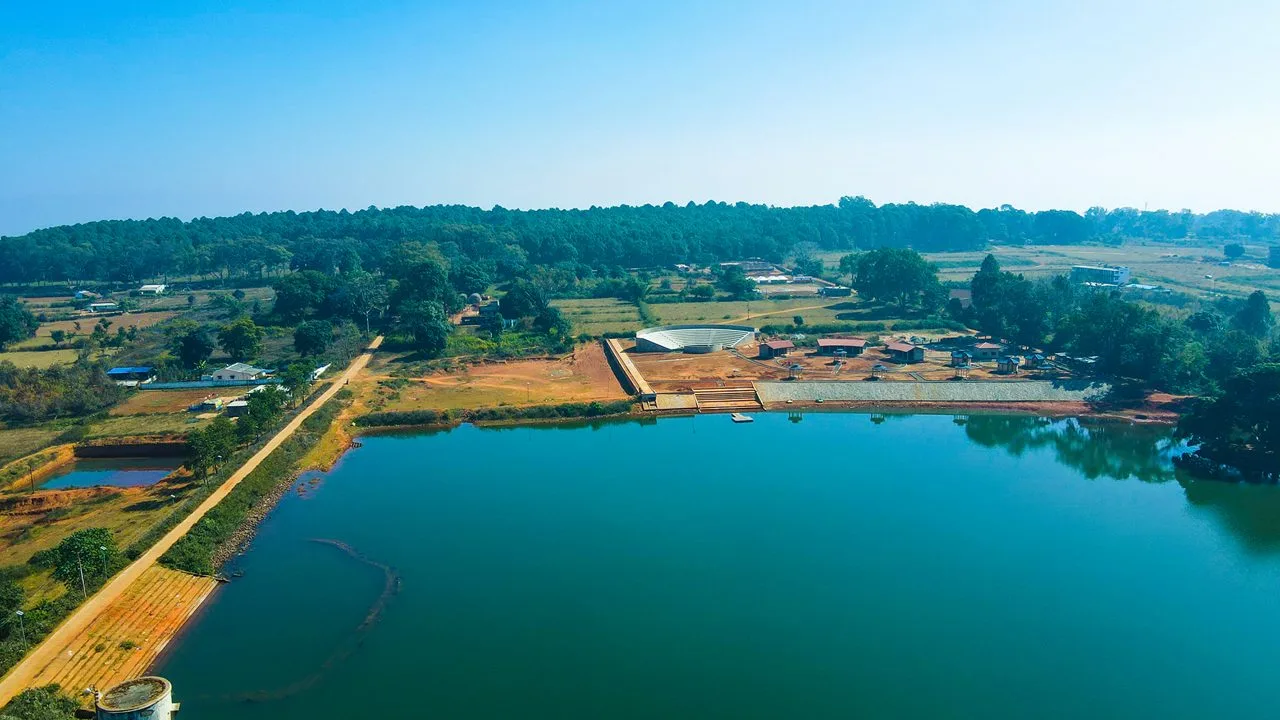Punjab, one of India’s most prosperous states, is known for its vibrant culture, agriculture, and rapid development. Transportation plays a crucial role for the development of the state by connecting people, goods, and services over cities, towns, and villages.
Over the years, Punjab has developed a diverse transport network, including roadways, railways, airways, and even waterways to a limited extent. Each mode of transportation contributes. Uniquely to the state's economic and social landscape.
Road Transportation: The Arteries of Punjab
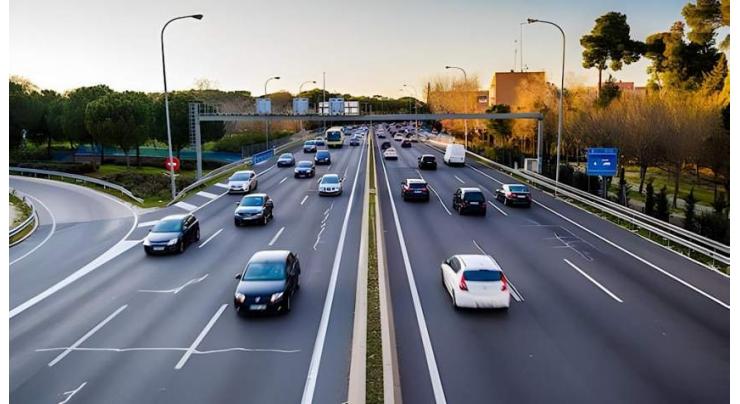
Roadways form the primary mode of transport in Punjab. With a well-developed network of national and state highways, road transport connects almost every nook and corner of the state. The Grand Trunk Road (NH-44), one of the oldest highways in India, runs through Punjab, facilitating trade and passenger movement.
The Punjab Roadways and Pepsu Road Transport Corporation (PRTC) provide intercity and interstate bus services. These buses are vital for daily commuters, especially students and workers. Private bus operators also play a role in filling the service gaps left by government-run fleets.
Recently, modern technologies like GPS tracking, e-ticketing, and online bus booking have improved the road transport experience. Ride-sharing services such as Ola and Uber have entered cities like Ludhiana, Amritsar, and Jalandhar, offering convenience to the urban population.
Despite its reach, road transport faces issues such as traffic congestion, pothole-ridden rural roads, and pollution. However, continuous efforts are being made to improve road safety and infrastructure with better planning and smart road systems.
Railways: Punjab’s Iron Tracks
Railways have long been a significant part of Punjab’s transport system. The state has an extensive rail network operated by Northern Railways. Major cities like Ludhiana, Amritsar, Jalandhar, and Patiala are well-connected to Delhi, Chandigarh, Mumbai, and other metropolitan areas.
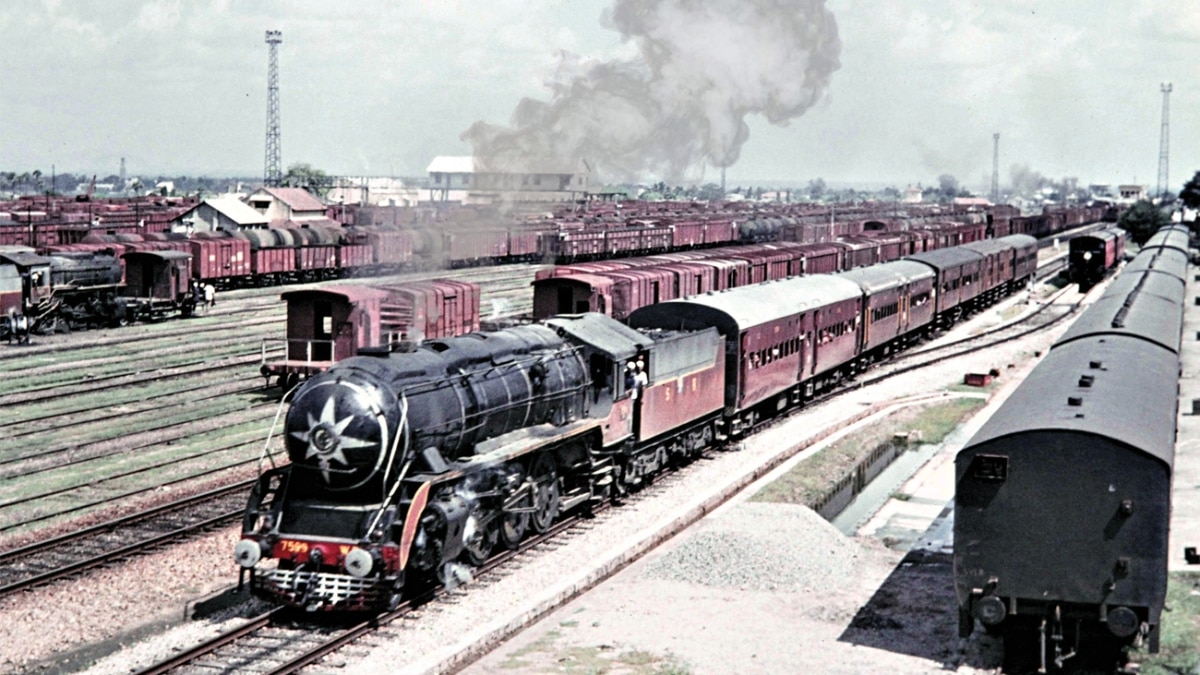
Passenger trains, freight trains, and express services operate across Punjab, catering to millions of travelers annually. The Shatabdi Express between Amritsar and Delhi is one of the fastest and most preferred trains, especially for tourists visiting the Golden Temple.
In terms of goods transportation, railways serve as a cost-effective and eco-friendly method, especially for transporting agricultural produce, fertilizers, and industrial goods. Railways help connect the agricultural mandis of Punjab with other markets across India.
The Indian Railways is also working on electrification and track modernization projects in Punjab to increase speed and efficiency. New initiatives like the Dedicated Freight Corridors (DFCs) will further improve cargo transport.
Air Transport: Soaring to New Heights
Punjab’s aviation sector is growing rapidly, offering connectivity not just within India but also to international destinations. The state has four major airports: Sri Guru Ram Dass Jee International Airport in Amritsar, Shaheed Bhagat Singh International Airport in Chandigarh (shared with Haryana), and domestic airports in Ludhiana, Bathinda, and Pathankot.
The Amritsar airport is the busiest in Punjab, offering direct international flights to countries like the UK, Canada, UAE, and Malaysia. This has made it a vital hub for the Punjabi diaspora.
Domestic air travel has improved greatly with low-cost airlines operating flights to Delhi, Mumbai, Bengaluru, and other cities. This has made air travel more accessible to the common people, especially business professionals and tourists. The state government has also promoted the development of regional airports and airstrips to improve connectivity in remote areas, thus boosting tourism and investment.
Waterways and Emerging Alternatives
Although Punjab is a landlocked state, discussions have been held about the feasibility of using the Sutlej and Beas rivers for inland water transport. However, the scope is limited due to shallow river depths and geographical challenges.
In recent years, there has been growing interest in sustainable and alternative transportation. Projects like bicycle-sharing systems in cities like Chandigarh and Amritsar, and promotion of electric vehicles (EVs) in urban areas are steps toward greener mobility.
The Punjab Government is also planning smart city transport solutions, including intelligent traffic management systems and urban metro feasibility studies, particularly in cities like Ludhiana and Amritsar.
Conclusion: A Dynamic Network in Motion
Transportation in Punjab has come a long way from bullock carts and traditional tanga rides to expressways and international airports. Each mode of transport, be it roads, rails, or airways, plays a vital role in keeping the state connected, productive, and competitive.
With rising urbanization, increasing population, and global connectivity demands, Punjab’s transportation system is constantly evolving. While challenges like pollution, traffic congestion, and infrastructure gaps exist, the state's commitment to innovation and development in transport promises a bright and mobile future.



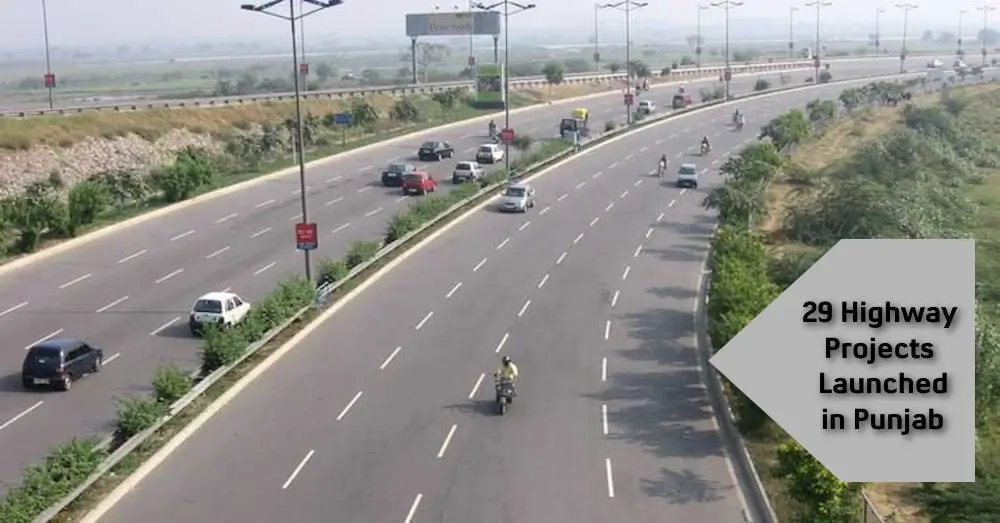





.webp)
